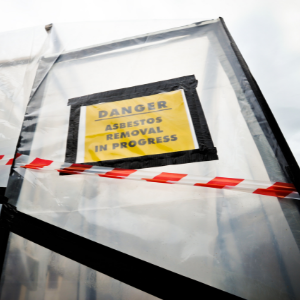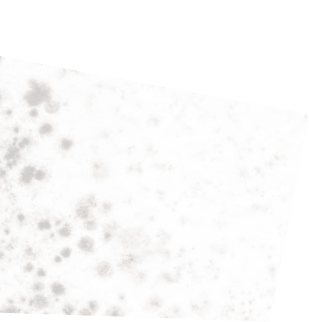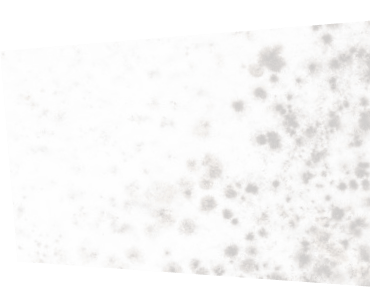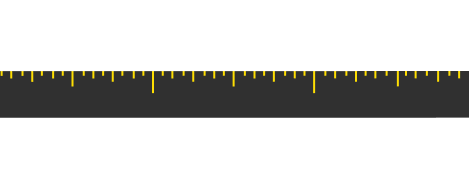 Finding asbestos in your home is always bad news. No matter what type of asbestos is present, abatement is always necessary. All types release dangerous microfibrils, and inhaling them can cause long-term lung damage. That is why you should always call an asbestos abatement company to remove any traces of this hazardous material. Considering that asbestos microfibrils are invisible to the naked eye, it is often difficult to notice their presence without asbestos air testing. Hiring a professional company in Toronto and getting asbestos testing is the safest way to determine if your home is contaminated. The certified staff of Inch by Inch Inspections can do it for you. Inch by Inch’s experienced team is always ready to provide quality asbestos abatement services all over Toronto and the GTA.
Finding asbestos in your home is always bad news. No matter what type of asbestos is present, abatement is always necessary. All types release dangerous microfibrils, and inhaling them can cause long-term lung damage. That is why you should always call an asbestos abatement company to remove any traces of this hazardous material. Considering that asbestos microfibrils are invisible to the naked eye, it is often difficult to notice their presence without asbestos air testing. Hiring a professional company in Toronto and getting asbestos testing is the safest way to determine if your home is contaminated. The certified staff of Inch by Inch Inspections can do it for you. Inch by Inch’s experienced team is always ready to provide quality asbestos abatement services all over Toronto and the GTA.
Asbestos exposure can cause very serious health problems. Chronic lung inflammation and scarring of the lung tissues caused by asbestos microfibrils can lead to life-threatening diseases like asbestosis, mesothelioma, and lung cancer. Older homes are especially susceptible to asbestos contamination, as they were built before this hazardous material was banned in construction. If your asbestos air testing results show the presence of this dangerous material, removing the sources of contamination is the next step. Your abatement professional will tailor the optimal removal strategy for your home according to the test results. To help you understand the options in this situation, we'll talk about different types of asbestos removal and what they include.
According to the level of contamination, there are three basic types of asbestos removal – type 1, type 2 and type 3 operation.
Type 1 operation (low risk)
If the size of the contaminated area in your home is between 1 and 10 square feet, it is considered a type 1 asbestos removal operation. It usually includes removing smaller quantities of asbestos, and non-friable asbestos-containing materials (ACMs) like gaskets, vinyl tiles, drywall joint-filling materials, and roofing felts.
This type of removal doesn’t require professional training according to Ontario’s asbestos removal and disposal regulations, so you can do it yourself. However, wearing adequate safety equipment (respiratory mask, gloves, disposable overalls) and disposing of the removed materials according to the local designated substance regulations is an absolute must for any asbestos abatement activity, even if it is classified as low-risk.
Type 2 operation (medium risk)
This type of removal operation includes asbestos abatement in an area between 11 and 100 square feet. Type 2 removal operation requires trained personnel to perform the process, as the risk of contamination is far greater than the type 1 removal operation. This is because type 2 also includes removing smaller amounts of friable ACMs.
Type 3 operation (high risk)
If the contaminated area has more than 100 square feet and includes both friable and non-friable asbestos-containing materials, it is considered a type 3 removal. Such a high-risk operation must be performed by experienced professionals and usually includes following strict safety measures – isolation of the entire area, turning off electricity, disabling ventilation systems, etc.
Every type of removal operation needs to follow the five basic rules:
- Contaminated area needs to be damp, and adding a wetting agent to water is a must to prevent the spread of fibrils and dust. If it isn’t possible to use water in some areas, use dry removal methods.
- Sheets used for isolation of the abatement area cannot be reused and must be disposed of with other abatement waste materials.
- Consuming food, drinking and smoking are not allowed in the abatement area.
- Barriers and other portable enclosures used for isolation of the abatement area must not be reused unless cleaned thoroughly and rigid.
- Never use compressed air to clean up or remove asbestos microfibrils from any surface.
What Do to After Asbestos Removal
After the removal is done, it is advised to check if it was performed successfully by getting asbestos air testing. If you had professional abatement, it is best to hire a different company to do the testing to avoid the conflict of interest. If you are looking for an honest, experienced inspector in Toronto, call Inch by Inch Inspections and schedule your asbestos testing. Our friendly staff is always ready to help you make your home clean, safe and asbestos-free.




